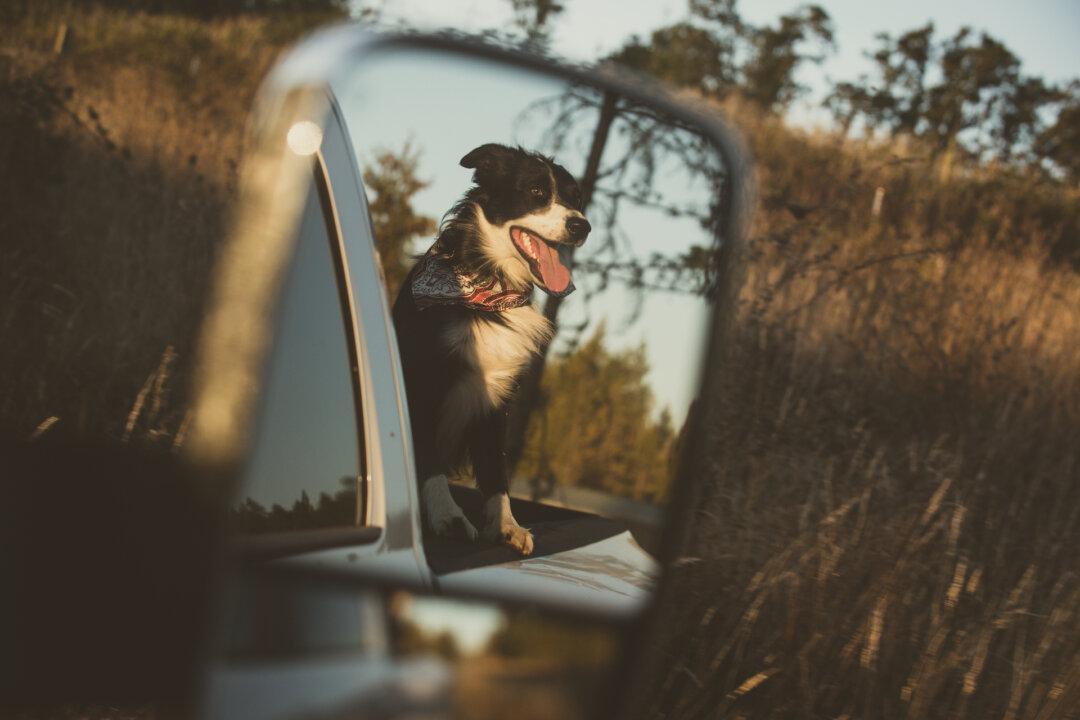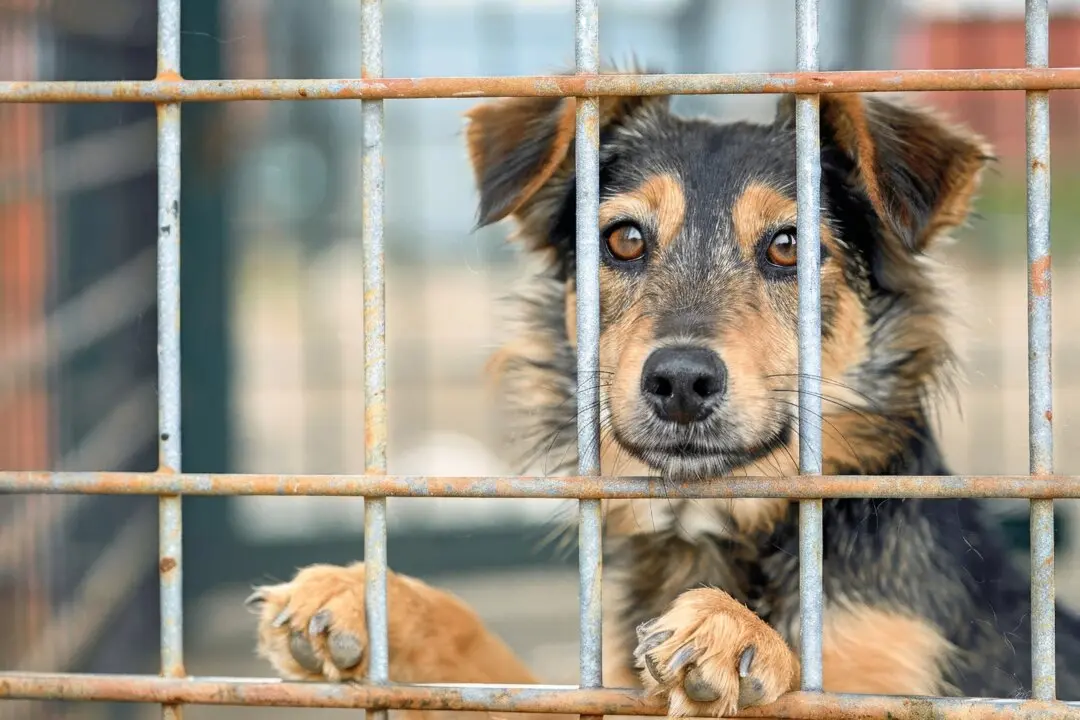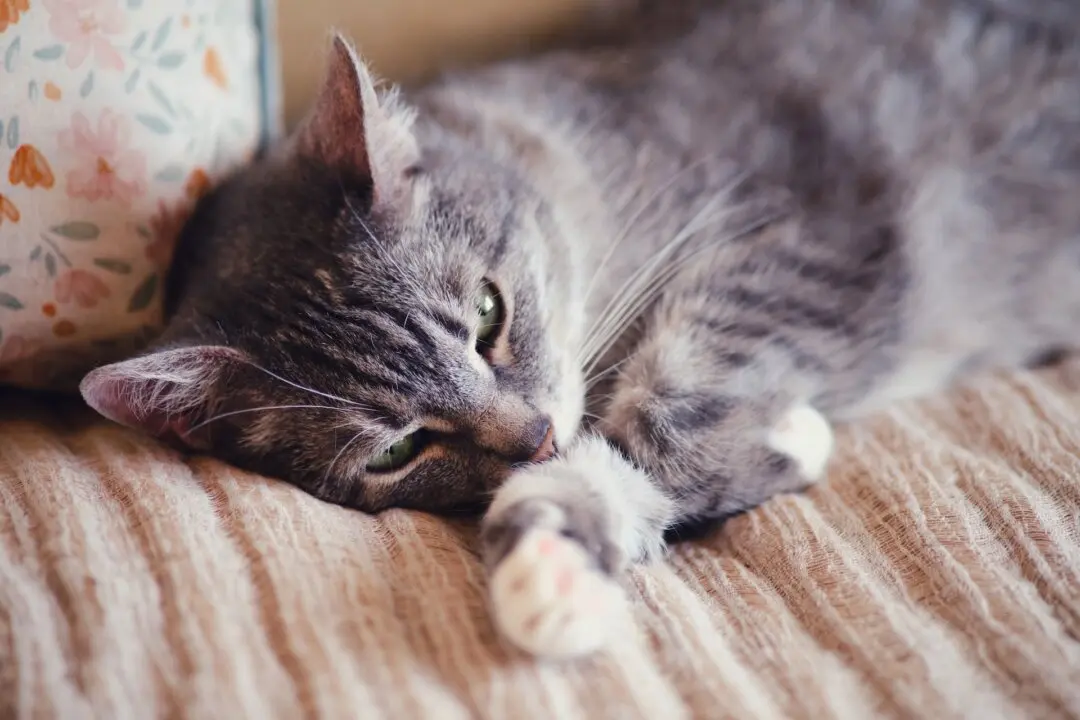Q: I was driving behind a pickup truck that swerved to avoid a deer. A dog in the bed of the pickup was thrown out and badly injured.
Thank goodness he didn’t strike my windshield and I didn’t hit him. Still, the experience taught me that it’s dangerous to transport a dog in the bed of a pickup. Is it also illegal?





